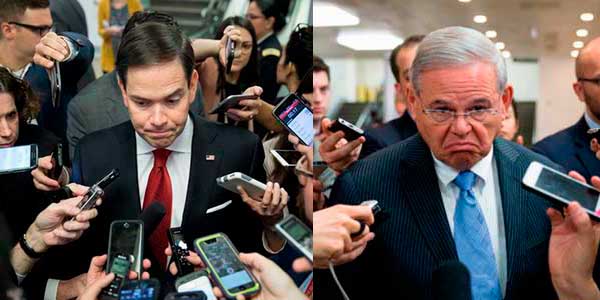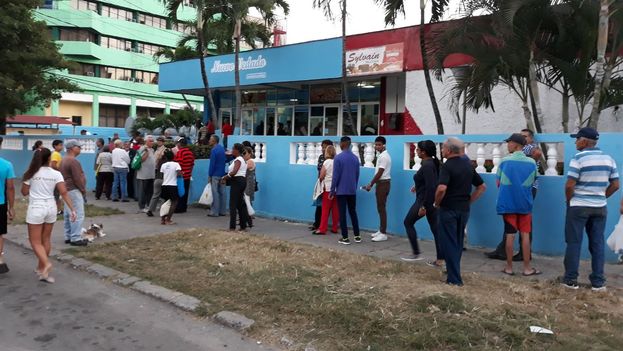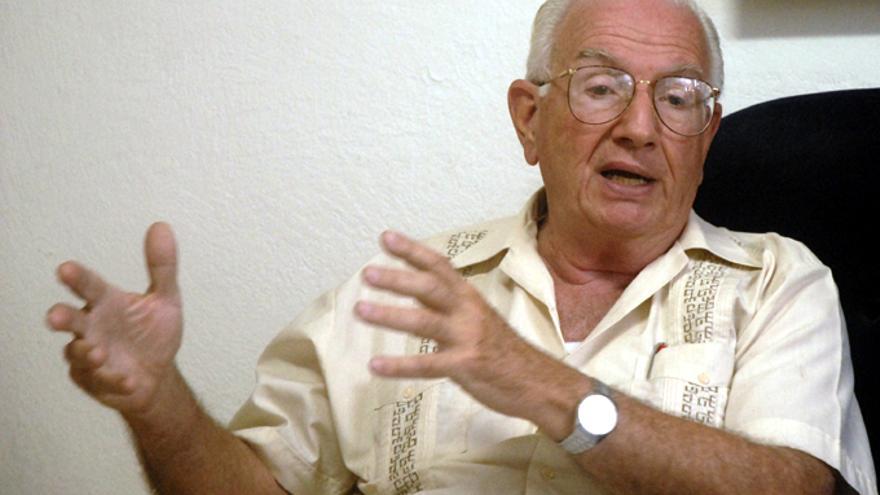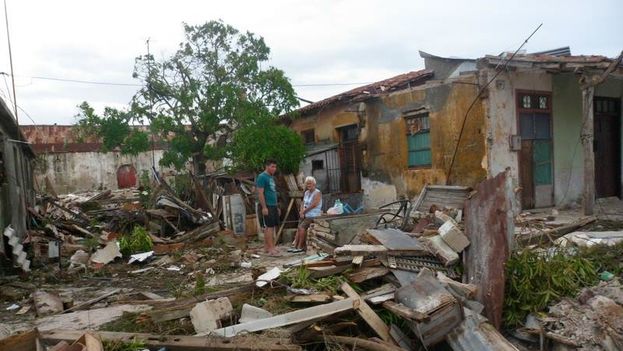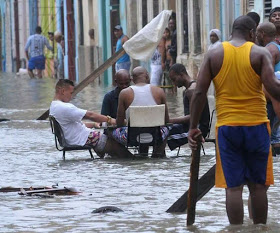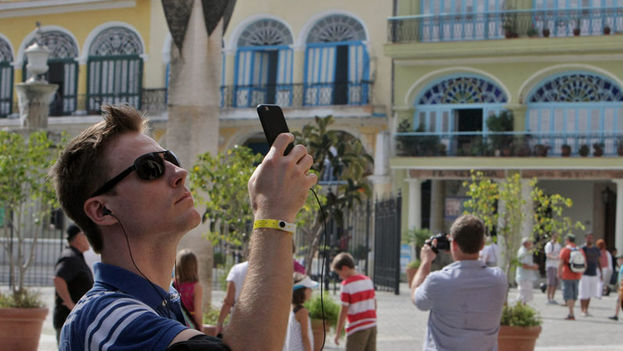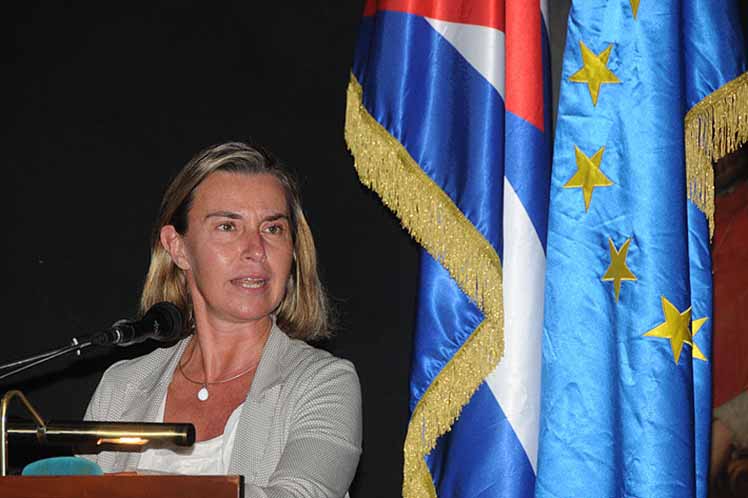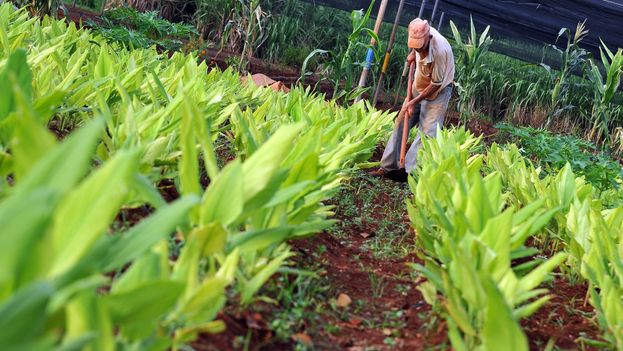
![]() 14ymedio, Elías Amor Bravo, Economist, 24 May 2019 — Considering that they are essential to introducing fresh air into the rarefied Cuban agricultural system, farming cooperatives need much more than bureaucratic regulations purportedly aimed at “perfecting and updating the economic model.” First of all, little or nothing can be done in the Cuban countryside as long as the communist government resists giving up its claims to the land. Let me explain.
14ymedio, Elías Amor Bravo, Economist, 24 May 2019 — Considering that they are essential to introducing fresh air into the rarefied Cuban agricultural system, farming cooperatives need much more than bureaucratic regulations purportedly aimed at “perfecting and updating the economic model.” First of all, little or nothing can be done in the Cuban countryside as long as the communist government resists giving up its claims to the land. Let me explain.
The state currently owns 78% of the country’s arable land. The ability of farming cooperatives to increase the amount of acreage under cultivation and achieve greater economies of scale depend largely on ideological and political considerations rather market conditions based on supply and demand. As long as models of business organization based on legitimate property ownership are not respected or fully integrated into the Cuban economy, land management by farming co-ops will not achieve the desired results.
Currently, 67.8% of farmland is under cooperative management. While this could be considered a success, I would argue that management alone is not enough. Decisive steps towards private ownership of land must be taken so that farming co-ops and all other producers can freely decide for themselves what to produce, and under what conditions, without interference from the state. We cannot pretend these are privately owned businesses under the pretense that they are privately “managed” without taking further action. Sixty years after land was confiscated from its legitimate owners, the state of Cuban agriculture remains far from ideal. And it will not seem like it is headed in the right direction as long as it has to adhere to the kind of rules that keep getting written. continue reading
We find ourselves in the odd situation in which the state acknowledges that it must rely on and support private farming cooperatives, putting them on an equal footing with other actors in the agricultural sector such as livestock and state-run farming operations. But it refuses to adopt the measures necessary for establishing a legal framework to provide institutional recognition of private property rights, without which the agricultural sector cannot prosper or increase its productivity. In this regard, recently adopted measures — Legal Decree #354 and Regulatory Decree #354, published in Official Ordinary Gazette #37 — are of little help when it comes to providing the types of reforms and modernization that cooperatives need.
The primary aim of these rules, in general, is to eliminate existing legislative ambiguity and little else. Don’t expect big changes. The land will still be owned by one entity: the communist state; and the principles that underpin economic activity will remain the same: bureaucracy, inefficiency and control.
Attempts to improve the cooperative system have focused primarily on doing away with some regulations, modifying others that have fallen into disuse and implementing so-called “guidelines” adopted at communist conclaves. These are better left forgotten. If “dissatisfaction with the processes of administrative management, operations, efficiency, hiring, monitoring, accompaniment and control by the companies” have really been detected, what reasons are there for not taking action and adopting, once and for all, a law that restores private enterprise to the Cuban economy, grants it legal rights and makes it the backbone of the economic system?
Cooperatives in other countries, such as Spain and Italy, are private enterprises with a social commitment, not simply managers of assets belonging to others. Here lies their success, in being the true owners of the wealth they generate, which is substantial.
The various measures recently adopted in Cuba seek to “harmonize the operation of cooperatives with the other actors in the productive sphere” and “consolidate the relationship between the cooperative and the agricultural enterprise to which it is associated by giving the latter the responsibility of providing the necessary attention to processes of management, planning, production and contracting of the productions aimed at satisfying the planned demand.” Does anyone really believe this can improve Cuban agricultural production?
In my opinion the only thing this will change will be the bureaucracy, which will tighten its procedures for control over the cooperatives, including consolidating the economic regime through the allocation and distribution of funds from the general assembly, and adopting a ridiculously ideological communist rule that “all cooperatives share common names,” as though fixing every problem boils down to a question of terminology.
The newly approved regulations do include some improvements, particularly for joint venture partners as well as small concessions to silence any possible protests. Cooperatives will be freed from the so-called “socio-cultural fund,” which will no longer be considered part of their assets and will no longer be retained to pay off joint venture partners. Similarly, “areas of collective use,” which are intended to provide services to cooperative members, are hinted at in the new regulations. But in any case, all of this is subject to “the country’s development programs of the country,” without further explanation. These are slim pickings.
In conclusion, Cuba’s cooperative system needs a lot more than a couple of decrees to move forward and become what it is capable of becoming: a real engine of productivity. The “improvements” on which the authorities are relying only mean more bureaucracy and control, without removing the legal, economic, commercial and logistical obstacles that hinder the dynamics of these operations. The road is long and the communist regime refuses to face reality. There will be food shortages and they will blame the embargo/blockade. But the real problem is to found in recently published decrees intended to take control of the cooperatives.
____________________
The 14ymedio team is committed to serious journalism that reflects the reality of deep Cuba. Thank you for joining us on this long road. We invite you to continue supporting us, but this time by becoming a member of 14ymedio. Together we can continue to transform journalism in Cuba.

